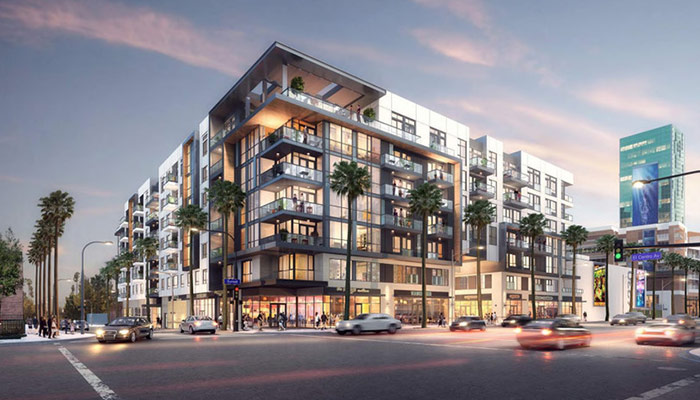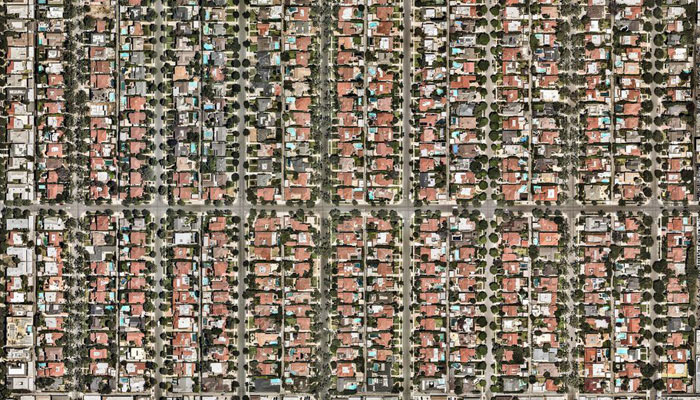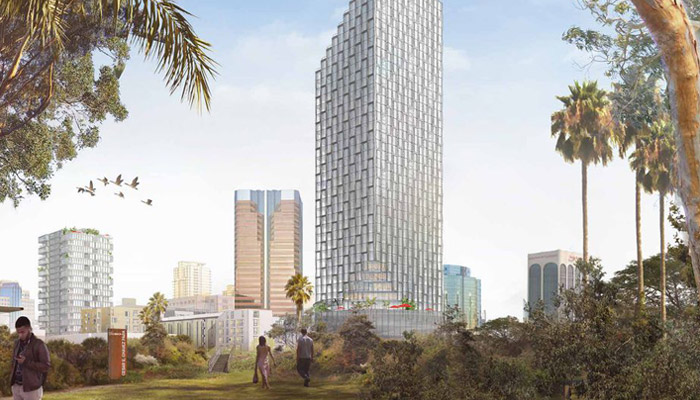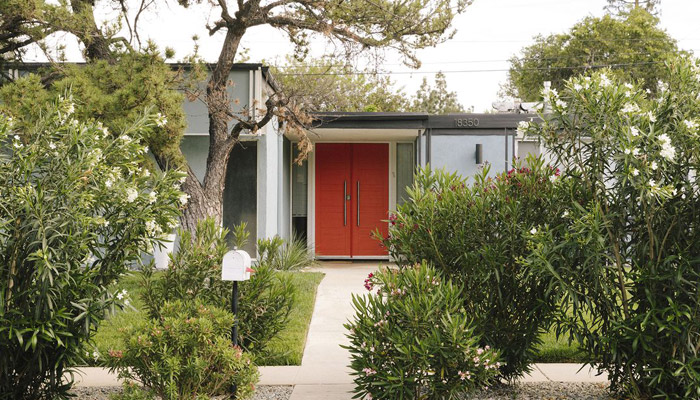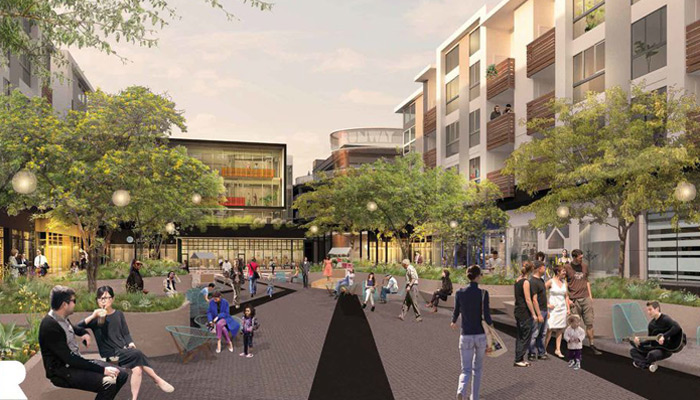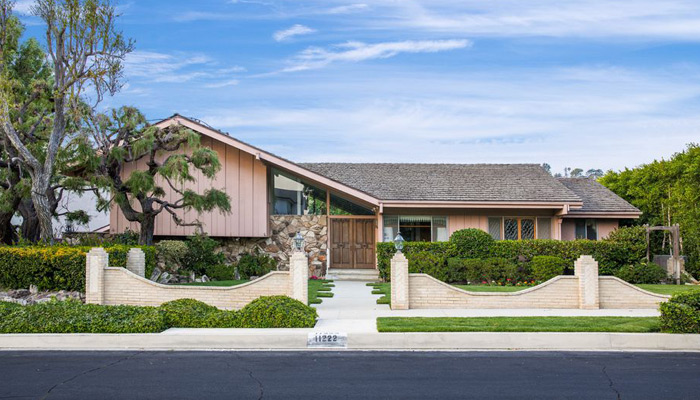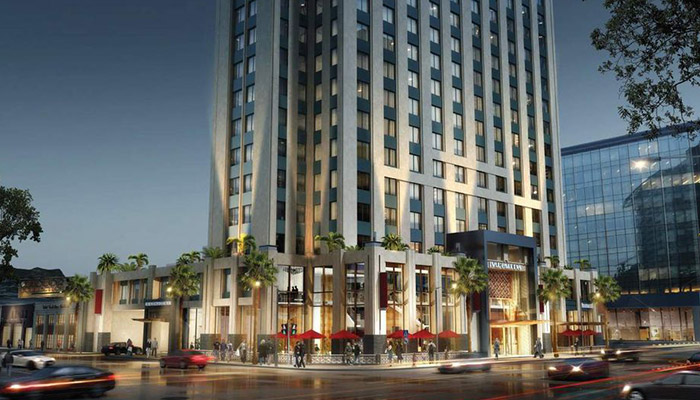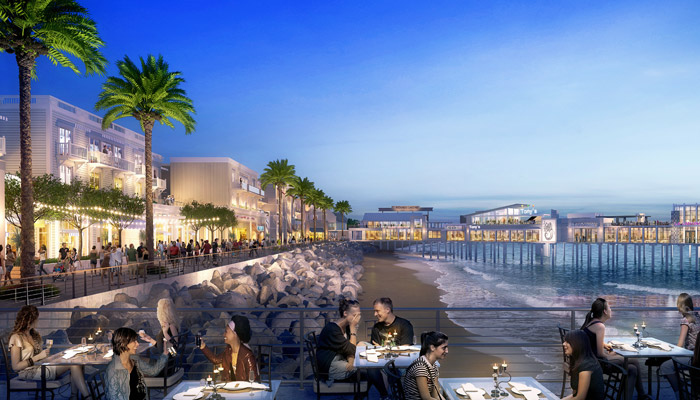Luxury Connect: Kofi Nartey on how to build a wealth advisement team
As a team leader and the national director of the Compass Sports & Entertainment Division, Kofi Nartey is well-versed in helping his luxury real estate clients manage their wealth portfolios. “The biggest challenge we face, I think, is helping clients understand our role as a wealth adviser — because they already have wealth advisers,” Nartey notes. “But because real estate is such a huge component of their portfolios, we inevitably are ...
Apartment complex across from Hollywood Palladium sails through planning commission
Plans to build an apartment complex on a Hollywood strip mall that houses an Out of the Closet thrift shop breezed through the city’s planning commission on Thursday.
The seven-story building would bring 270 apartments to Sunset Boulevard and El Centro, plus new street-level shops and restaurants and parking for 361 cars in an underground garage.
Sidewalks will be widened and the building’s architecture will feature “different textures, colors, ...
Single-family homes cover almost half of Los Angeles—here’s how that happened
Los Angeles is known for its charming residential streets, lined with grassy parkways and dotted with single-family homes.
There are condo towers and courtyard apartments—but for better or for worse, LA’s image is a city of ranch homes and Craftsman bungalows.
It’s an image that was cemented by decisions that city planners and elected officials made in the decades following LA’s early 20th century boom years, when the city was growing most ...
40-story skyscraper would be Long Beach’s tallest
A 35-story tower at the Shoreline Gateway project is due to break ground in 60 days, earning the title of Long Beach’s tallest building, says Long Beach Mayor Robert Garcia. But the high-rise won’t hold that title for long.
Garcia unveiled on Tuesday plans for a new development in the city’s downtown that would include a 40-story tower—tall enough to unseat the Shoreline Gateway as the city’s highest, when complete.
Developed by Maple ...
5 programs for first-time homebuyers in LA
The Los Angeles housing market is not a hospitable one for first-time buyers.
Less than 30 percent of all LA residents can afford a median-priced home, according the California Association of Realtors. It can be even harder for first-time buyers, who don’t have a property they can sell to cover the cost of a down payment.
But plenty of programs exist at the local, state, and federal level to help buyers purchase their first homes—and many of ...
Kofi Nartey appears on The American Dream Show
The Nartey Group's Kofi Nartey recently appeared on the nationally-syndicated American Dream Show. Interviewed by creator and host Craig Sewing, Kofi discussed the experience of working in the celebrity & luxury real estate spheres, the process of marketing luxury homes and his best-selling book Sellebrity: How to Build a Successful Sports & Entertainment Based Business.
Car-free, pedestrian-only street coming to ‘downtown’ Playa Vista
The mixed-use Runway at Playa Vista was planned to be a kind of downtown for master-planned neighborhood Playa Vista. Now, it’s about to get more walkable.
Runway’s owners, Invesco Real Estate, and management DJM announced today that car space will be taken away from a portion of that unofficial downtown to create a street dedicated solely to people on foot.
They have hired Los Angeles-based firm Design, Bitches to give the development a refresh ...
HGTV buys the Brady Bunch House with plans to ‘restore it to its 1970s glory’
Will the Brady Bunch House return to the small screen? The famous home has sold to make-over powerhouse HGTV—which plans to “restore it to its 1970s glory.”
David Zaslav, CEO of HGTV’s parent company Discovery, made the announcement to investors on a conference call early Tuesday morning.
“I am excited to share that HGTV is the winning bidder,” he said. “More detail to come over the next few months, but we’ll bring all the resources ...
21-story hotel across from Amoeba moves ahead
The Ivar Gardens, a 21-story hotel planned to replace the Jack in the Box on Sunset Boulevard in Hollywood, is still kickin’.
Urbanize LA noticed the hotel project from developer R.D. Olson is set to be discussed by the governing board of the successor entity to the defunct community redevelopment agency. (The project is located in a redevelopment area.)
The Art Deco-inspired tower, designed by architecture firm WATG, would hold 275 rooms, a gym, ...
Redondo Beach pulls plans for big waterfront redevelopment from California Coastal Commission
A huge plan to redevelop the Redondo Beach waterfront with new shops and restaurants has derailed.
The Redondo Beach City Council has withdrawn its part of the joint application for the project with the California Coastal Commission, the Daily Breeze reports. The move prompted Redondo Beach Mayor Bill Brand to declare the project “dead.”
The city was teaming up with the developer, CenterCal, via a public-private partnership to redevelop the ...

